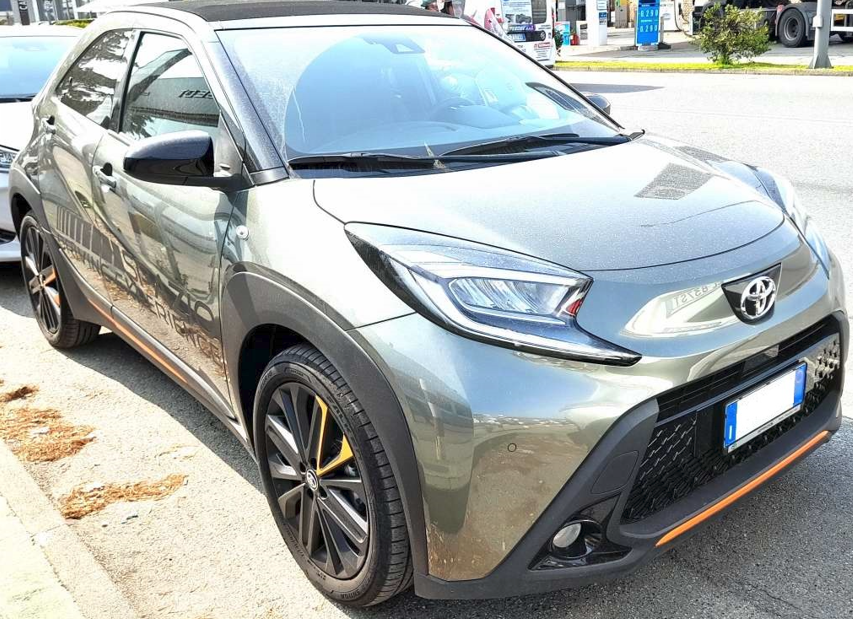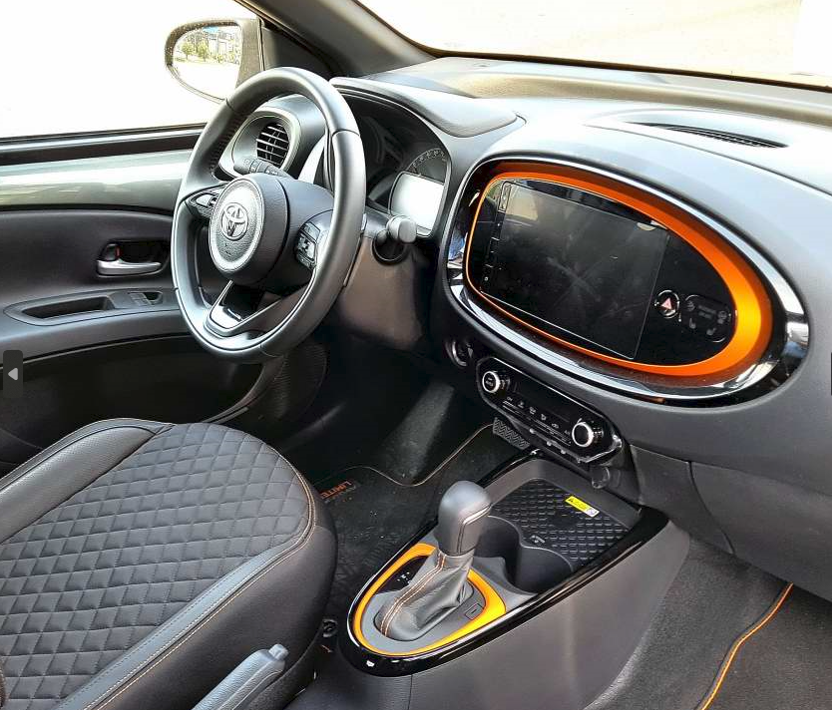Aygo X
Some brief considerations based on the experience of Tiiips users.

Aygo X is a small city car that is known for its handling, fuel efficiency and distinctive design. Here are some of its key features:
PRO
Compact size. The Aygo X is a small vehicle, making it ideal for driving around the city and parking in confined spaces.
Fuel efficiency. Like most small cars, the Aygo X offers excellent fuel efficiency.
Distinctive design. The Aygo X has a unique and modern design that sets it apart from other cars in its class.
Interior. Elegant and functional dashboard.

Technology. The Aygo X offers a number of technological features, including a touchscreen infotainment system and a reversing camera.
CONS
Interior space. Because of its compact size, the Aygo X offers limited space for passengers or luggage..
Performance. While the Aygo X is adequate for city driving, it may not have the power or speed that some drivers desire for highway driving.
Brakes. Brakes wear rather quickly.
Low dipped-beam headlight illumination.
Automatic transmission
With cold start the start is a little abrupt.
Water pump sometimes loses liquid. Check the liquid levels
Driving comfort. Some reviewers have pointed out that the Aygo X may not offer the level of driving comfort of some other cars, particularly on uneven roads or during longer trips.
Other occasional problems with older models
Accelerator pedal can get hard.
Starter motor continues to operate even after engine ignition.

